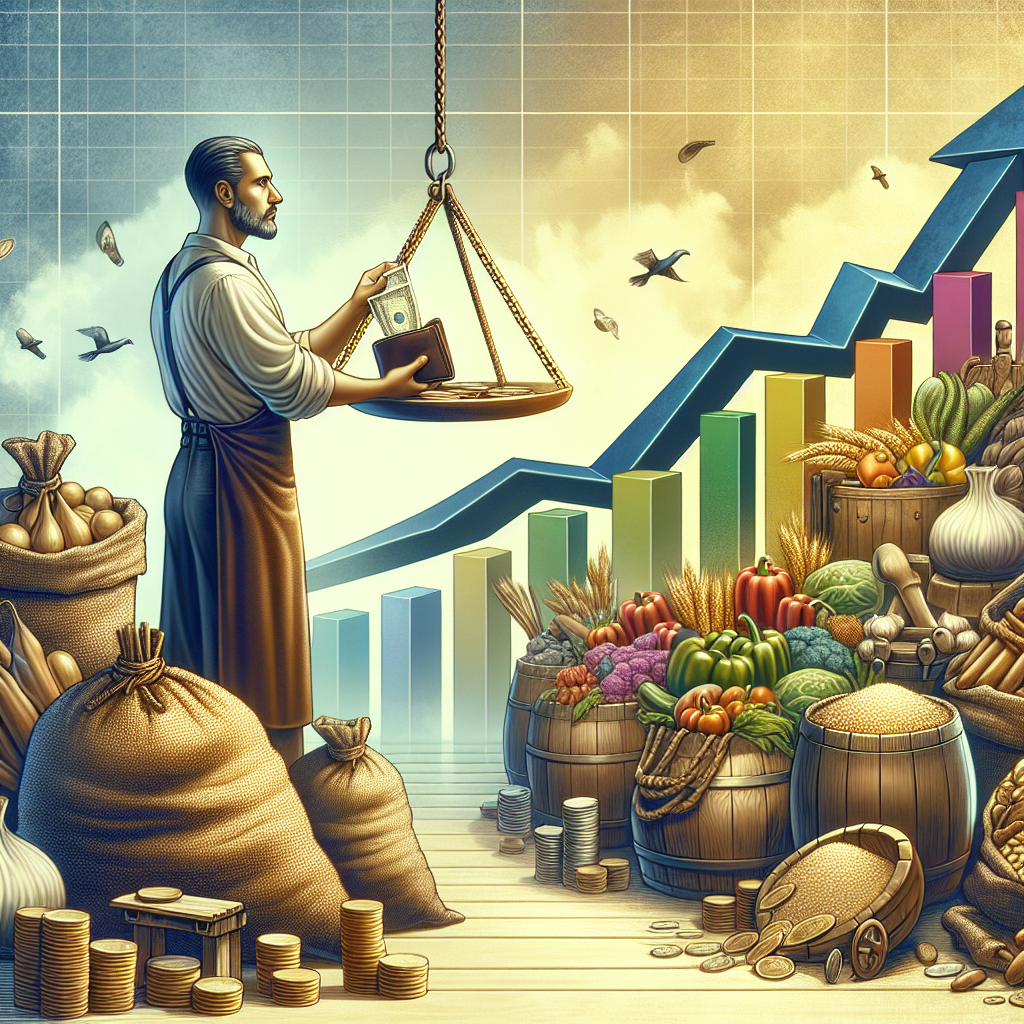Stalling Inflation Stirs Concerns for U.S. Economy
U.S. consumer prices rose in October due to increased shelter costs. Inflation progress has slowed, potentially reducing future Federal Reserve rate cuts. Economists predict higher inflation next year amid Trump's policies. The Fed remains cautious about further cuts, amid higher Treasury yields and market reactions.

U.S. consumer prices crept up in October as shelter costs surged, aligning with inflationary trends that could impact Federal Reserve's interest rate decisions moving forward. Recently revealed data could mean fewer rate reductions in the coming years, as inflation progress faces significant roadblocks.
According to the Labor Department, inflation indicators mirrored economists' predictions with a 0.2% rise in consumer price index, fueled largely by a notable increase in shelter costs. Michael Pugliese, Wells Fargo's senior economist, emphasized that inflation progress has hit a stalemate, potentially influencing the Federal Reserve to adopt a more cautious rate cut pace moving into 2025.
Republican policy directions under President-elect Donald Trump, including potential tax cuts and increased tariffs, spark further concern about climbing inflation. With policymakers and investors vigilant on future economic shifts, the anticipation of consistent rate cuts by the Federal Reserve dims.
(With inputs from agencies.)
ALSO READ
Wall Street Cheers: S&P 500 Soars Past 6,000 Amid Trump Policies
Global Markets Wobble Amid Rising U.S. Treasury Yields and Strong Dollar
U.S. Dollar's Dominance: Trump’s Trade Policies and Treasury Yields Ignite Growth
Global Market Turbulence as U.S. Treasury Yields Surge
Wall Street Futures Drift Lower Amid Rising Treasury Yields and Inflation Concerns










